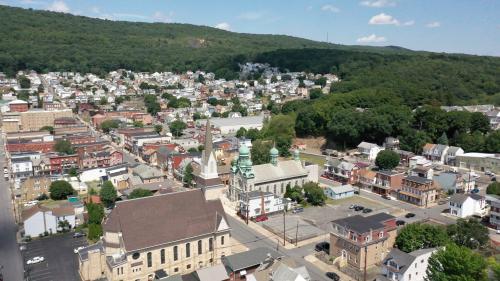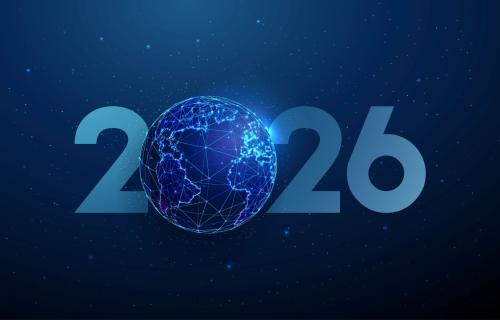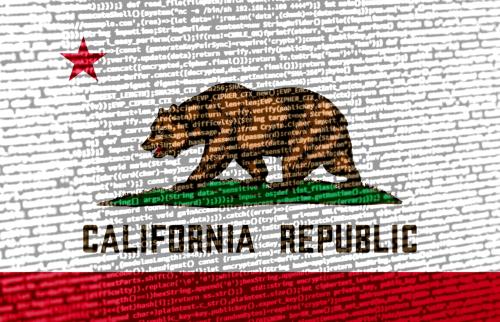As Brookings described in an earlier commentary, while it is certainly true that there is a confluence of trends threatening the existing the utility business model, several key developments and challenges demonstrate that a more flexible distribution grid is already emerging with utilities at the center.
First, the power grid in the United States is evolving to meet three critical needs:
- To integrate new energy resources.
- To provide customer solutions.
- To serve as an optimized and efficient platform for energy services and technologies.
Much of what we are talking about regarding innovations and change in the power sector – more distributed resources, more customer engagement and a smarter system that manages two way power and information flows – takes place on the electric distribution grid or distribution system. Thus, in a future that involves more variable generation and more distributed energy resources (such as distributed generation, demand response, energy efficiency and storage) a “flexible distribution grid” is critical. Across the United States, investments in grid technologies, digitization, data analytics, system monitoring, etc. are well underway to enhance the operational efficiency of the distribution grid (and distributed services) and to integrate new energy resources.
In fact, of the expected $100 billion in annual capital expenditures by the investor-owned utilities in the power sector over the next few years, more is going to the distribution system and less to generation. This alone signals the critical importance of the distribution system going forward. As Ted Craver, CEO of Edison International, recently stated: “We’re investing a lot in increasing the capabilities of that grid, of that wires system, of that network. That’s really where we investing the vast majority of our capital…and we wouldn’t do that if we didn’t think that that was actually essential to make all these other things work.”
One example of these capital expenditures is the deployment of smart meters. To-date, the electric utility industry has deployed over 50 million smart meters representing about 43 percent of U.S. households. We view smart meters as the building blocks to integrating new resources into the grid and providing new customer services and solutions (such as smart pricing, outage/restoration management, bill alerts, etc.). Thirty of the largest utilities in the United States have fully deployed smart meters to their residential customers.
Second, a multi-year integrated grid vision is critical for resource optimization.
This isn’t just about IT (information technology) and OT (operations technology) system integration or connecting legacy assets and systems to new ones. It is also about a vision to ensure that future electric distribution grid processes, customer interfaces, and services can be scaled. Scale is what creates efficiencies and cost savings.
Third, the states are leading the policy and regulatory discussion shaping the future of the electric distribution grid.
California, New York and Hawaii are the furthest along. In Hawaii, with a goal of 70 percent clean energy by 2030 for the HECO companies, the focus is on integrating distributed energy resources into the distribution grid. In California, as a result of a wide range of regulations, laws, and policies, the distribution grid is evolving into a network platform and will need to have the capability to integrate about 15 gigawatts of distributed energy resources by 2025. New York state has embarked on a comprehensive, market based plan which includes the Reforming the Energy Vision (REV) regulatory proceeding. The first part of REV involves a “collaborative process to examine the role of distribution utilities in enabling market-based deployment of distributed energy resources.” As a senior New York state official remarked to us, “New York wants to create a platform for third parties to innovate around needs of customers, with the utility getting paid for integrating something onto that platform. We need to figure out how to create markets to get innovation and capture value, and create a business that builds out capital from the customer, not the rate base.” Interestingly, New York is one of the states that has yet to make a significant investment in smart meters for its electricity customers.
Fourth, a critical element for realizing the future flexible and more distributed power grid is getting the pricing right.
A key element is understanding the complete value chain for all parties of distributed energy resources, including both demand-side resources such as energy efficiency and demand response as well as supply-side resources such as solar, storage, combined heat and power and other resources. Getting pricing right is, in part, what New York, California and others are trying to do. This is important because distributed energy resources and large scale renewable resources are increasing exponentially in the United States and are becoming a critical part of the 21st century power grid. For example, in 2010 the United States had just over 2,000 megawatts of solar capacity. In 2014, we expect to have over 14,000 megawatts of solar capacity with much of that growth in solar photovoltaics – a mix of large scale solar, community solar, and rooftop solar.
Fifth, the development of a flexible distribution grid will not be possible without technology and innovation.
Utilities and technology companies are, more than ever, joining forces to deploy an “intelligent, resilient, modern and digital grid.” However, more research and development funds to focus on energy technologies that will make a difference are absolutely critical. The Advanced Research Projects Agency – Energy (ARPA-E) is a key institution working in this area, but its budget of $289 million is a drop in the bucket relative to the Department of Energy’s total budget of $24.8 BILLION! Conversations between ARPA-E and the utilities have escalated with a recognition that technology and innovation are key drivers of business opportunities. While most grid-related projects supported by ARPA-E to-date have focused on transmission, the agency is turning increasingly to distribution – and addressing how a given technology works with other parts of the overall system.
In sum, the “flexible and evolving distribution grid” concept – harnessing the integration of new energy resources, customer solutions and grid efficiency and optimization – points to a central enabling role for utilities as grid builders, operators, and service providers. Many actors – not just in the utility industry – concur on this vital role for utilities. Jim Hughes, CEO of First Solar, Inc., recently stated that utilities need to position themselves as “trying to enable customer choice and innovation… and provide reliability.” And, Thomas Werner, CEO of SunPower, Corp., declared that “the idea that you’re going to eliminate the need for the grid or go off the grid is ridiculous.” Larry Ellison, the former CEO of Oracle, has often referred to the electric utility industry as the best plug-and-play industry in the world. Bob Rowe, president and CEO of NorthWestern Energy sees it this way: “The U.S. power grid, for most customers and most applications, is amazingly ‘plug and play’ in a way that is still aspirational in the IT world.” The challenge is figuring out the institutional, regulatory, and competitive frameworks that will lead to a flexible distribution grid platform that interconnects and enables all of the emerging energy technologies and services that customers want.
The Brookings Institution is committed to quality, independence, and impact.
We are supported by a diverse array of funders. In line with our values and policies, each Brookings publication represents the sole views of its author(s).




Commentary
The Flexible and Evolving Power Distribution Grid
December 9, 2014